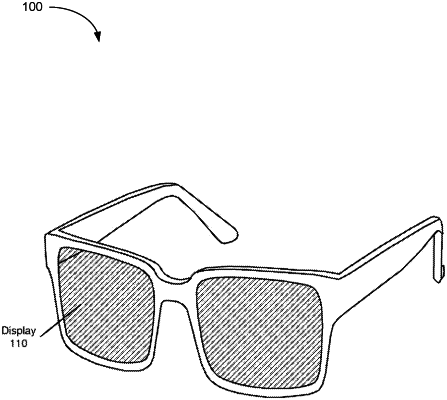| CPC A61B 3/113 (2013.01) [A61B 3/005 (2013.01); A61B 3/0008 (2013.01); A61B 3/0025 (2013.01); G02B 27/0172 (2013.01); G06F 3/013 (2013.01); A61B 2562/046 (2013.01); G02B 2027/0178 (2013.01)] | 19 Claims |

|
1. An eye-tracking device, comprising:
a first optical device including:
a first light source with a first optical cavity, the first light source positioned to:
output first coherent light toward an eye of a user; and
receive at least a first portion of the first coherent light back from the eye of the user as feedback light, whereby the feedback light enters the first optical cavity and causes modulation of an intensity of the first coherent light; and
a first light sensor optically coupled with the first light source for detecting the modulated intensity of the first coherent light and generating one or more first signals based on the detected intensity of the first coherent light;
one or more processors coupled to the first optical device for determining, from the one or more first signals, movement information of the eye of the user; and
a second optical device distinct and separate from the first optical device, the second optical device including:
a second light source with a second optical cavity, the second light source positioned to:
output second coherent light toward the eye of the user; and
receive at least a first portion of the second coherent light back from the eye of the user, whereby the received light enters the second optical cavity and causes modulation of an intensity of the second coherent light output from the second light source; and
a second light sensor optically coupled with the second light source for detecting the modulated intensity of the second coherent light and generating one or more second signals based on the detected intensity of the second coherent light.
|